Here, we show you what the 12 Balkan flags look like. We also give you random Balkan flag facts; adoption dates are more. It’s all you ever wanted to about all the Balkan countries’ flags.
Before moving to Croatia back in 2013, I do not think I could have named more than four Balkan countries, let alone told you any of the Balkan states’ flag descriptions.
Now, eight years on and well into 1000 posts on my Balkans travel blog, I can tell you all of them—and better still, Donkimir had his photo taken with each of them so you can see for yourself.

Skip Ahead To My Advice Here!
A Guide To All The Balkan Flags
This guide will help you jump right into the fascinating world of Balkan flags. After moving to Croatia, I learned to identify all the Balkan states‘ flags, and now, I’m sharing that knowledge with you.
This post features photos and interesting facts about each flag, from adoption stories to symbolic meanings. Whether you’re a geography buff or planning your next European adventure, get ready to explore the diversity and stories behind these colorful emblems.
The Republic Of Croatia Flag
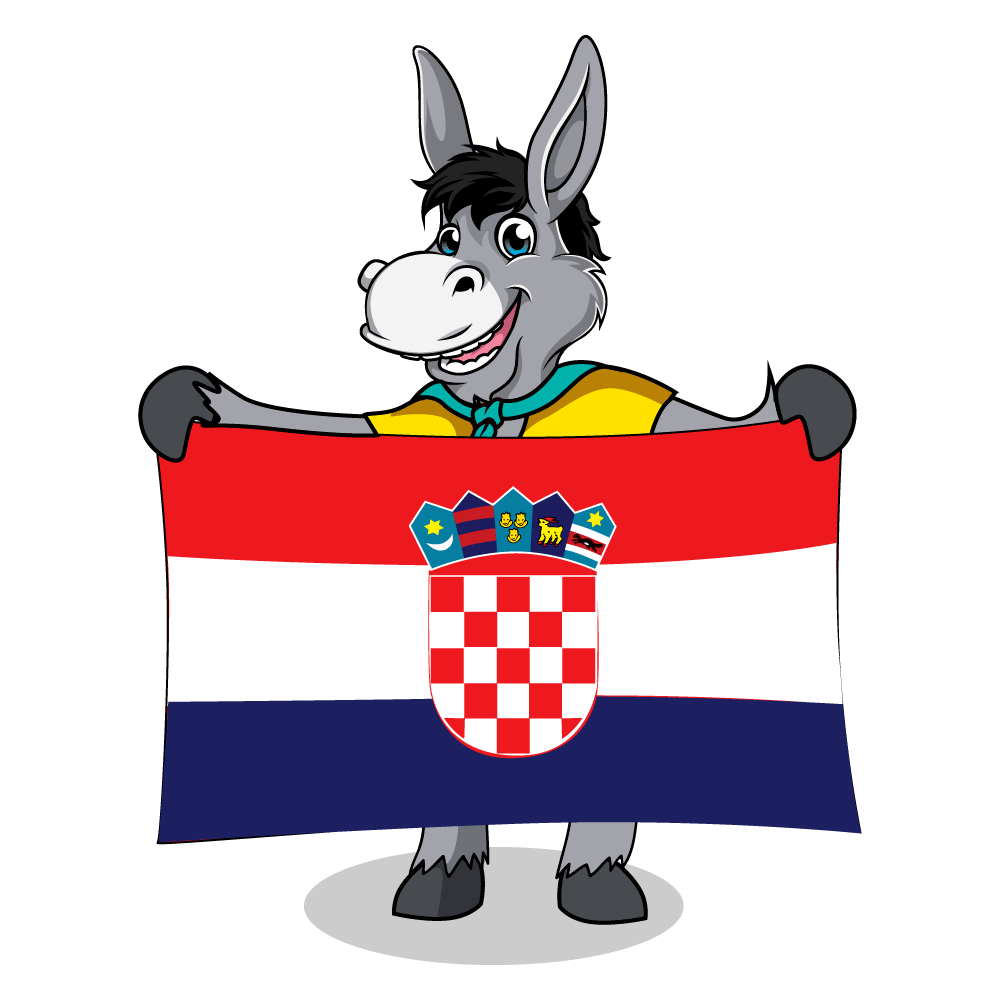
Croatia Flag Color
The Croatian flag is red, white, and blue. The red and white checkered national coat of arms sits in the center, with a five-spike crown.
Flag Adopted
The flag of Croatia was adopted in its current form on December 21, ’90. You will see other versions of the flag used by various groups, including one where the white checker is first (the current version has a red checker first). Applications of the flag, where the first field is white, is strictly outlawed.
Interesting Croatian Flag Facts
- The Croatian flag must be displayed in the window of businesses on each national holiday. If not, businesses can be fined.
- The main coat of arms is a checkerboard of 13 red and 12 white squares sitting over a blue, red, and white band. The coat of arms is informally known in Croatian as šahovnica.
- The five smaller shields represent five different historical regions within Croatia.
|
Croatia proper – The oldest known symbol representing Croatia. The oldest known example is found on the one side of the Croatian Frizatik’s (a form of currency) minted by Andrew II as Duke of Croatia.
|
 Dubrovnik region – Coat of arms of Dubrovnik. The original coat of arms is the old coat of arms of the Árpád dynasty, granted to the Dubrovnik Republic by King Louis I in 1358. Dubrovnik region – Coat of arms of Dubrovnik. The original coat of arms is the old coat of arms of the Árpád dynasty, granted to the Dubrovnik Republic by King Louis I in 1358. |
 Istria – Coat of arms of Istria. The goat as a symbol of Istria is claimed to be associated with Istria since ancient times. However, the origins of this coat of arms are unclear, and until the 19th century, there was no official symbol of Istria. It was in 1861, when March of Istria became the Crown land in the Austrian Empire, that this coat of arms became official.
|
 Dalmatia – Coat of arms of Dalmatia. Historically, this coat of arms was in use since at least 1the 4th century. First, officially recorded use goes back to King Louis I and his daughter Queen Mary who both used an earlier version of the arms as part of their personal coat of arms. Until 1526 this coat of arms was also used to represent the whole of Croatia. Dalmatia – Coat of arms of Dalmatia. Historically, this coat of arms was in use since at least 1the 4th century. First, officially recorded use goes back to King Louis I and his daughter Queen Mary who both used an earlier version of the arms as part of their personal coat of arms. Until 1526 this coat of arms was also used to represent the whole of Croatia. |
 Slavonia – Coat of arms of Slavonia. This coat of arms was derived from an earlier version found on Slavonian Banovac coins minted between 1235 and 1384. King Vladislaus II Jagiellon was officially granted the coat of arms on December 8, 1496. Slavonia – Coat of arms of Slavonia. This coat of arms was derived from an earlier version found on Slavonian Banovac coins minted between 1235 and 1384. King Vladislaus II Jagiellon was officially granted the coat of arms on December 8, 1496. |
|
Brands We Use And Trust
Albanian Republic Flag

Albanian Flag Color
The flag of Albania is a striking red, with a black silhouetted two-headed eagle sat in the center. The red is said to stand for strength, bravery, and valor.
Flag Adopted
The flag of Albania was officially adopted on April 7, ’92.
Interesting Albanian Flag Facts
- Albanians refer to their country as “Shqipëria,” meaning “Land of the Eagle.”
- The Albanian flag is based on the flag of Skanderbeg, the country’s national hero who defeated the Ottoman at Krujë Castle in 1443. His flag had a black eagle with a bright red background.
Flag Of The Republic Of Bosnia And Herzegovina
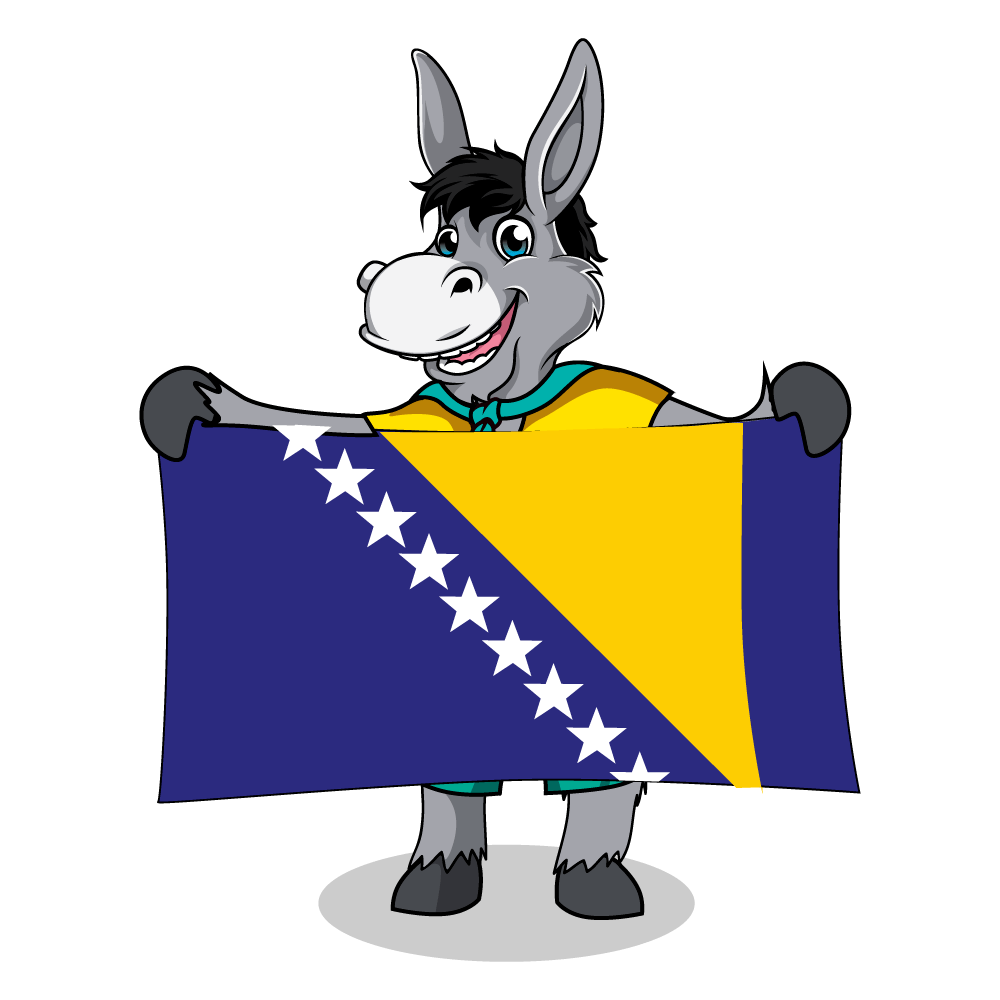
Color of BiH Flag
The flag of Bosnia and Herzegovina (BiH) is blue with a bright yellow right triangle in the top corner. In the middle of the flag, there sits seven full white five-pointed stars and two half stars.
Flag Adopted
August 10, 2001 (though a slightly different version was adopted February 4′ 98).
Interesting Bosnia and Herzegovina Flag Facts
- The triangle is a representation of the approximate shape of the territory of Bosnia and Herzegovina.
- The three points of the triangle represent Bosnia and Herzegovina’s three main ethnic groups: the Bosniaks, Serbs, and Croats.
- Its stars are meant to be infinite in number, which is why there are two half-stars. Together, they represent Europe.
- The white, blue, and yellow colors are associated with peace and neutrality and traditional Bosnian culture. Specifically, the blue of Bosnia’s flag corresponds with the European Union’s flag.
Republic Of Bulgaria Flag

Bulgaria Flag Color
Three-colored, consisting of white, green, and red.
Flag Adopted
The current Bulgarian flag was adopted on November 1990. It was confirmed by law as the national flag in 1998.
Interesting Bulgarian Flag Facts
- A version of the flag of Bulgaria is sometimes seen (though it has no official status) with the full coat of arms on the left of the flag, placed across the white and green fields.
- Bulgaria’s tri-color flag with horizontal bands was derived from the Russian flag; the blue was changed to green.
- The white color stands for freedom, love, and peace.
- The green color represents Bulgaria’s agricultural resources.
- The red color symbolizes the country’s struggle for independence and military bravery.
Flag Of The Republic Of Kosovo
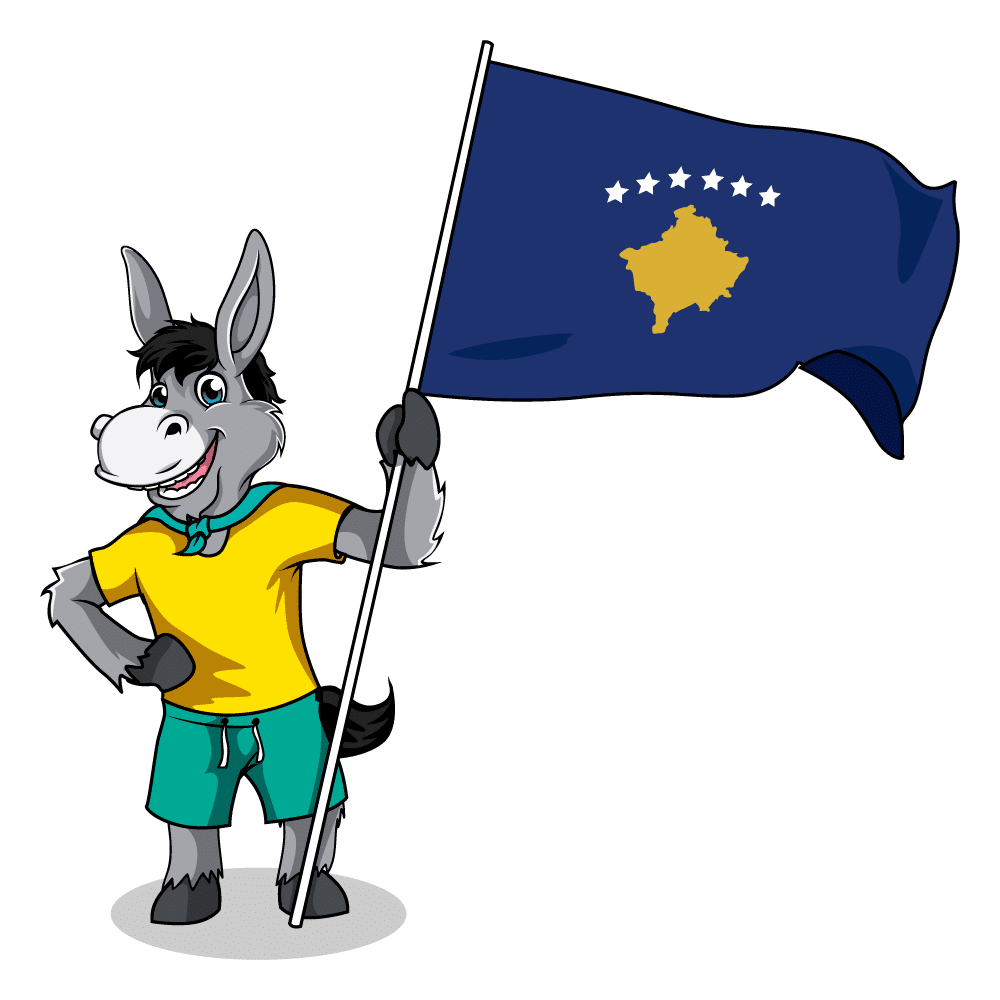
Kosovo Flag Color
An all blue flag with an arc of six white stars and a golden map of Kosovo.
Flag Adopted
February 17, 2008
Interesting Kosovo Flag Facts
- The six stars symbolize Kosovo’s six major ethnic groups: Albanians, Serbs, Turks, Gorani, Romani, and Bosniaks.
- The design of the flag of Kosovo is the result of an international competition, which the United Nations backed.
- The blue background and white stars were based on the flag of the European Union.
Republic Of North Macedonia Flag

Macedonia Flag Color
Red, with a yellow sun consisting of 8 bright yellow rays in the center.
Flag Adopted
October 5 ’95
Interesting North Macedonia Flag Facts
- The current flag is said to be similar to the flag formerly used in the 4th century BC by Alexander the Great and his father, Philip II of Macedon, which had the “Vergina Sun” in the center.
- After years of protest by the Greeks, who consider the Vergina Sun a national symbol, North Macedonia’s flag was changed. It now has a slightly different version, known as the “new sun of Liberty,” which is mentioned in the North Macedonian national anthem.
The Republic Of Montenegro Flag
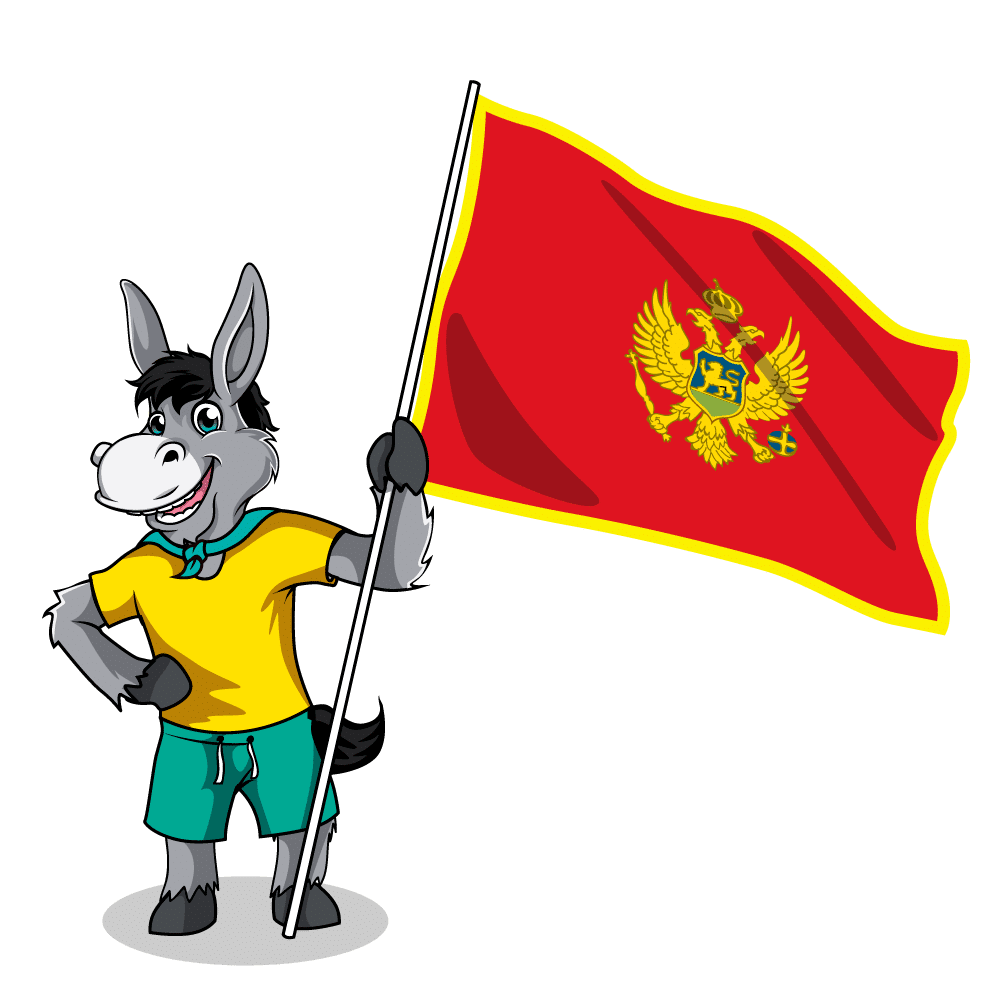
Montenegro Flag Color
The flag of Montenegro is red, with a golden border. In the center is the Montenegrin coat of arms.
Flag Adopted
July 13, 2004
Interesting Montenegro Flag Facts
- For a century, from 1905 to 2004, the Montenegrin flag was a tri-color flag with horizontal stripes: red, blue, and white.
- With its red background and golden border, the current flag of Montenegro is based on an old royal banner used in the 19th century.
- Two versions of the Montenegrin flag are in use, horizontal, mostly used outdoors, and vertical mostly used indoors.
- The double-headed eagle was the vigil of the historic Montenegrin Njegoš dynasty.
Flag Of Romania

Color of Romanian Flag
Tricolor, vertically striped blue, yellow, and red.
Flag Adopted
December 27, 1989 (other similar versions were also adopted on June 26, 1848, & April 24, 1867).
Interesting Romanian Flag Facts
- Raising the Romanian flag of incorrect shape, dimension, model, or colors is a violation and is punishable by law with a fine of between 500 and 1500 lei. (100 – 300 euro)
- The colors of the flag of Romania are a combination of the historical flags of Moldavia (blue) and Wallachia (yellow), two principalities that merged to form Romania. The red is said to come from Wallachia’s naval ensign.
Flag For The Republic Of Serbia
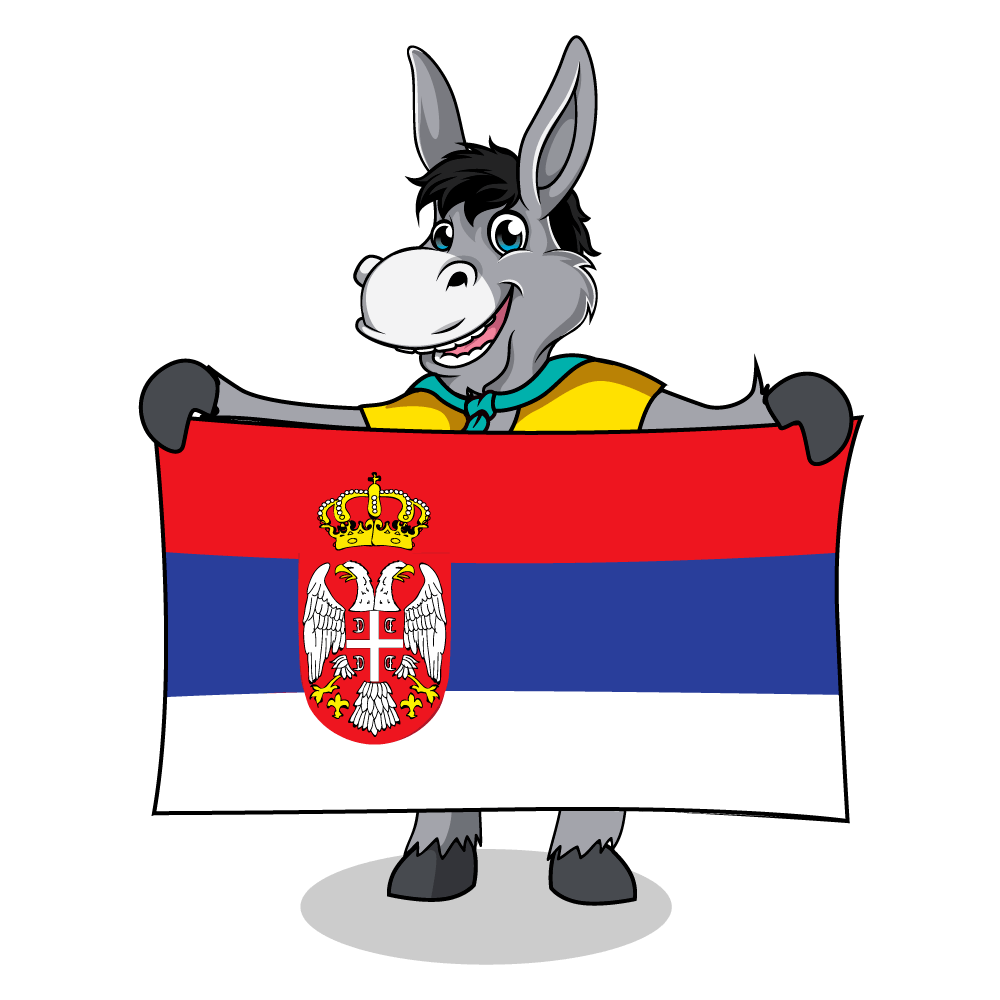
Color of Serbian Flag
The flag of Serbia is a tricolor. It has three equal horizontal bands, red, blue, and white.
Flag Adopted
November 11, 2010.
Interesting Serbia Flag Facts
- The same tricolor flag in changing variations has been accepted since the 19th century.
- Originally, the Serbian flag’s stripes and colors were simply an upside-down Russian flag, adopted after Russia helped Serbia fight the Ottomans in the early-19th century.
- The flag contains the Serbian coat of arms and features a white two-headed eagle with fleur-de-lis next to each talon, both historical dynastic symbols.
- The shield in the middle has four Cyrillic C’s, which stand for “Samo Sloga Serbina Spasava” (in English: “Only Unity will Save the Serbs”).
Move This Adventure To Your Inbox & Get An Instant Freebie

No spam. Unsubscribe at any time.
Slovenia Flag

Slovenia Flag Color
The Slovenian flag has three horizontal stripes in the Pan-Slavic colors of white, blue, and red. On the left side of the flag sits the Slovenian coat of arms and three six-pointed yellow stars.
Flag Adopted
June 25 ’91
Interesting Slovenia Flag Facts
- The white mountains represented on the Slovenian flag are representative of the Slovenian Alps (highest peak Triglav).
- The blue lines across the bottom symbolize the lakes, rivers, and the Adriatic Sea.
Republic Of Turkey Flag
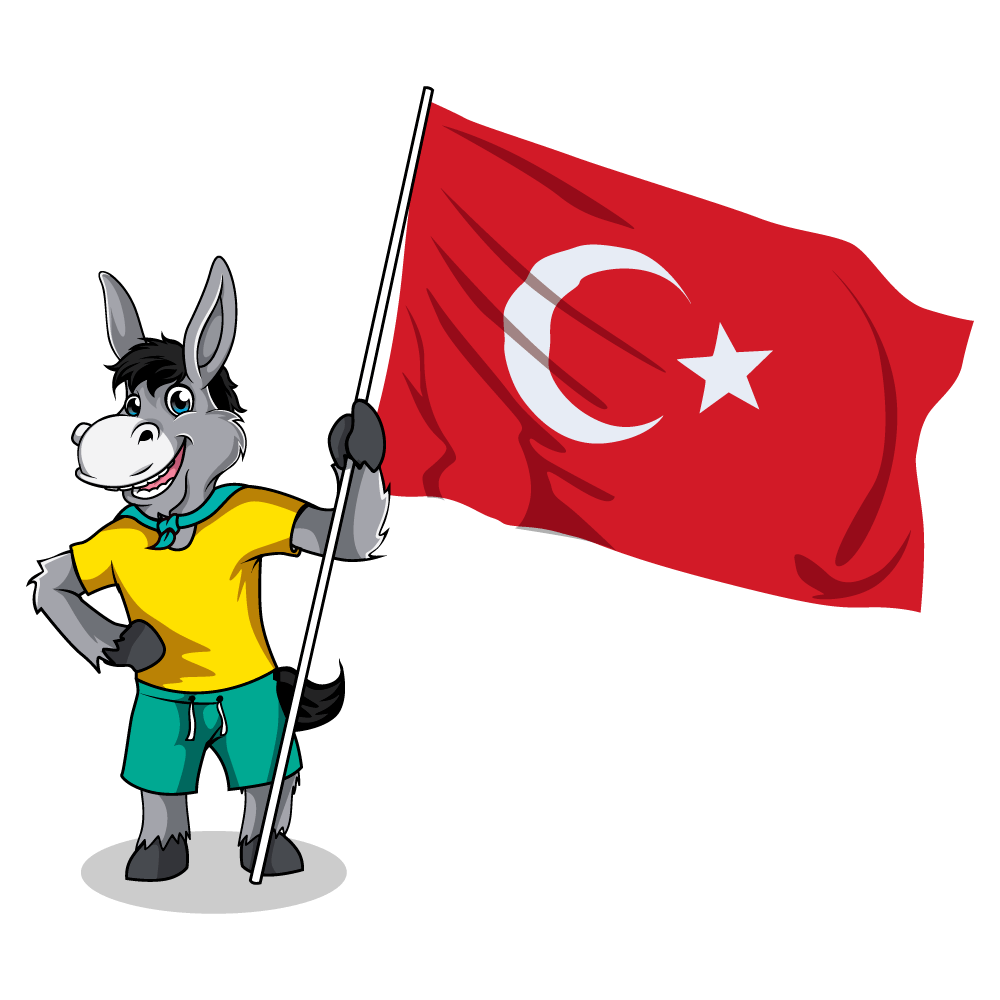
Color of Turkish Flag
A bright red flag featuring a white star and crescent moon in the center.
Flag Adopted
June 5, 1936,*
*The current design of the Turkish flag is immediately derived from the late Ottoman flag, which was adopted in the late 18th century and acquired its final form in 1844.
Interesting Turkey Flag Facts
- The flag is called Ay Yıldız (moon star) or Alsancak (red banner) in Turkish.
- The crescent and the star are ancient symbols often associated with Islam. Still, they are actually much older, dating back to the worshiping of the sun and moon, the city of Byzantium, and even early Christianity. The star is, in fact, sometimes considered to be a symbol of the Virgin Mary.
- There is, however, much controversy about the origins of the red color and the symbols of Turkey’s flag.
Flag Of Greece
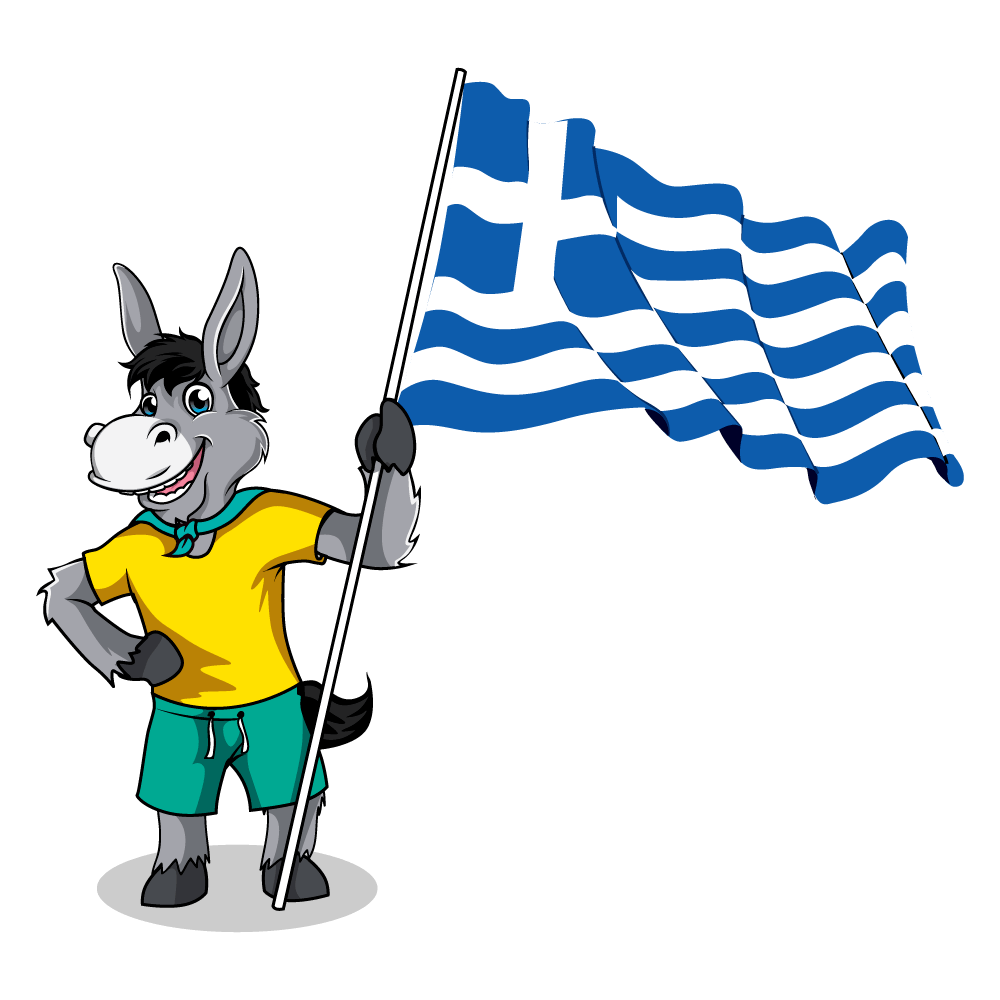
Color Of Greek Flag
Greece’s flag has nine blue and white horizontal stripes with a white cross on a blue square in the top left corner.
Flag Adopted
1978
Interesting Greek Flag Facts
- Presently no stipulation of the exact shade of the blue for the flag has been published. Consequently, hues on the flag in all its forms vary from very light to very dark.
- The colors blue and white come from the Greek Orthodox church.
- Popular tradition says that the flag’s nine stripes represent the nine syllables in the Greek phrase for “freedom or death” or, alternatively, stand for the nine letters in the Greek word for “freedom.”



Bulgarian flag has nothing in common with the Russian flag! Green was a primary color of Bulgarian rebels. Moreover in 19th century Russian imperial flag was in yellow-black-white.